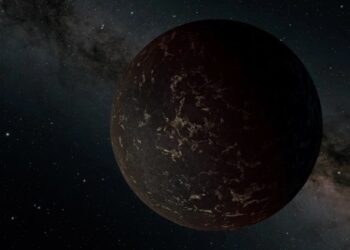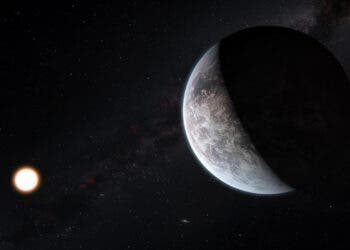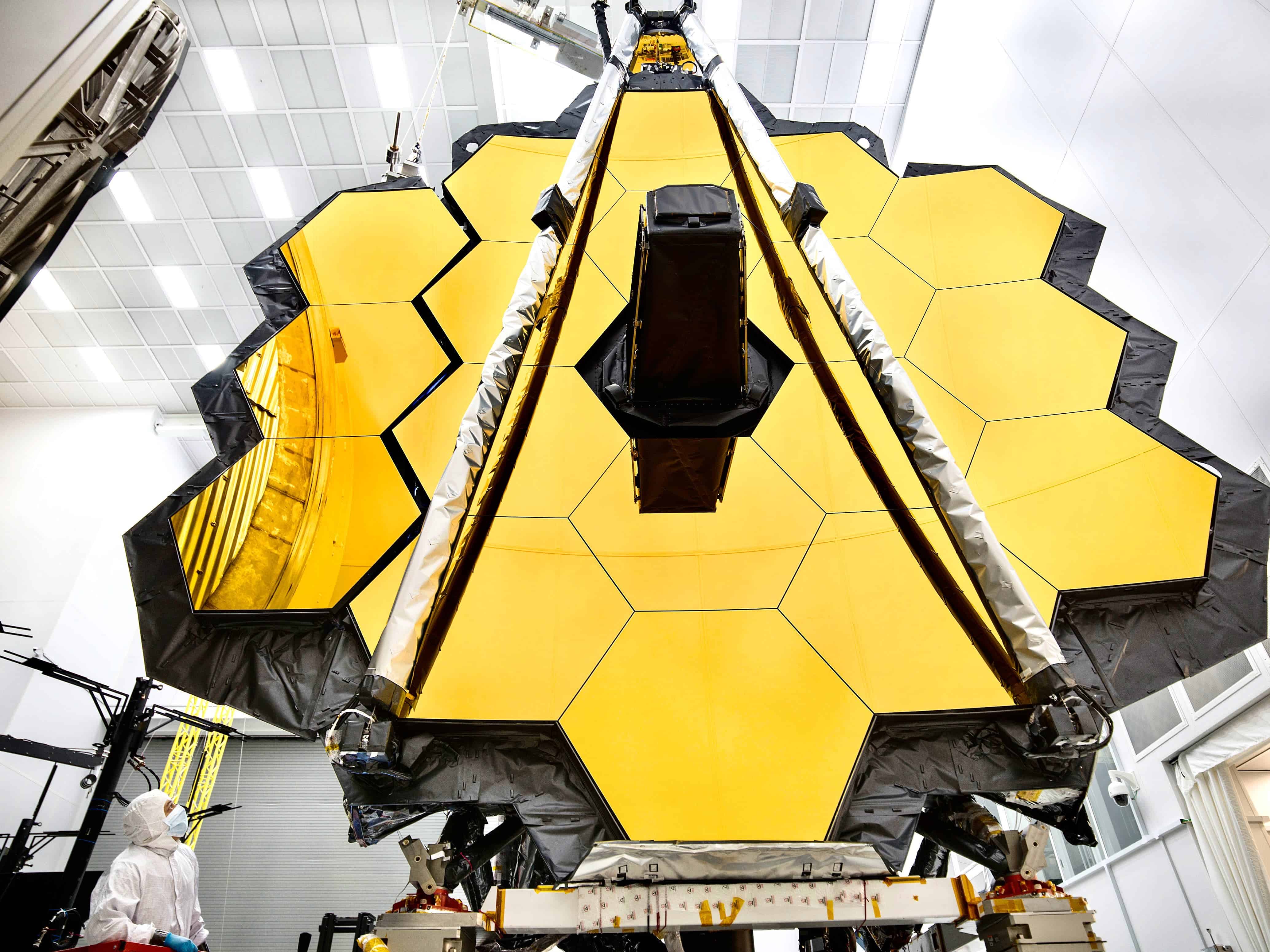For decades, researchers have studied our planet’s orbit with growing interest: is there something special about the way the Earth revolves around the Sun, is it a necessary condition for life to emerge? A team of researchers from MIT studied 74 Earth-sized exoplanets and reports that all of them have fairly circular orbits around their stars.
Circular vs Eccentric
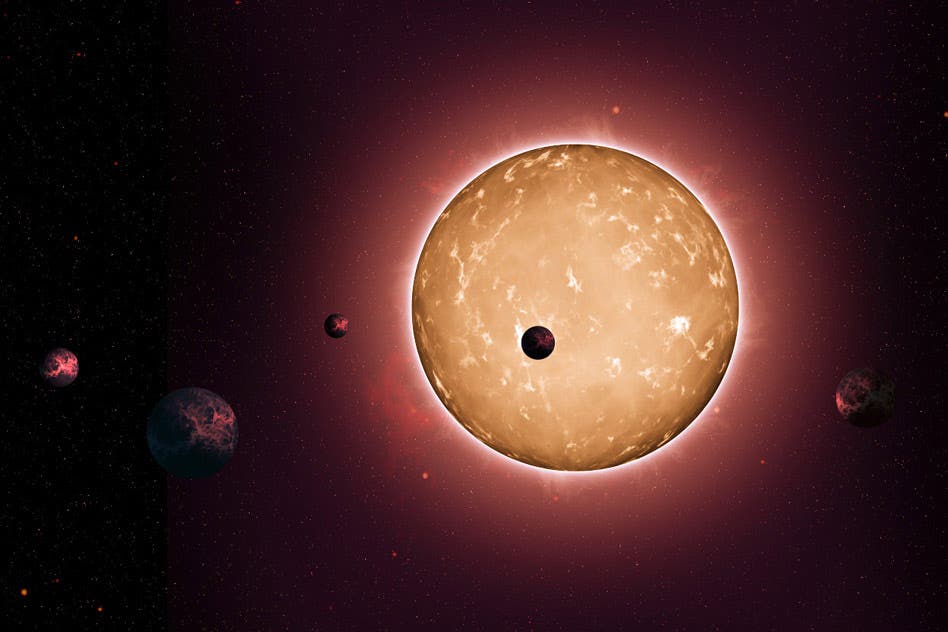
The study, published in the Astrophysical Journal, reports that the 74 exoplanets revolve their 28 stars at relatively circular trajectory, standing in stark contrast to larger exoplanets, which have much more eccentric orbits.
“Twenty years ago, we only knew about our solar system, and everything was circular and so everyone expected circular orbits everywhere,” says Vincent Van Eylen, a visiting graduate student in MIT’s Department of Physics. “Then we started finding giant exoplanets, and we found suddenly a whole range of eccentricities, so there was an open question about whether this would also hold for smaller planets. We find that for small planets, circular is probably the norm.”
It’s not clear why this happens, or whether this has something to do with with their size, or whether it’s a coincidence. Having a circular orbit is one of the proposed requirements for supporting life; otherwise, the climatic swings between seasons are simply too massive. It’s not impossible for life to exist on planets with eccentric orbits, but it just seems much more unlikely.
“If eccentric orbits are common for habitable planets, that would be quite a worry for life, because they would have such a large range of climate properties,” Van Eylen says. “But what we find is, probably we don’t have to worry too much because circular cases are fairly common.”
All in all, the study brings good news for detecting life outside our solar system.
Detecting Planets
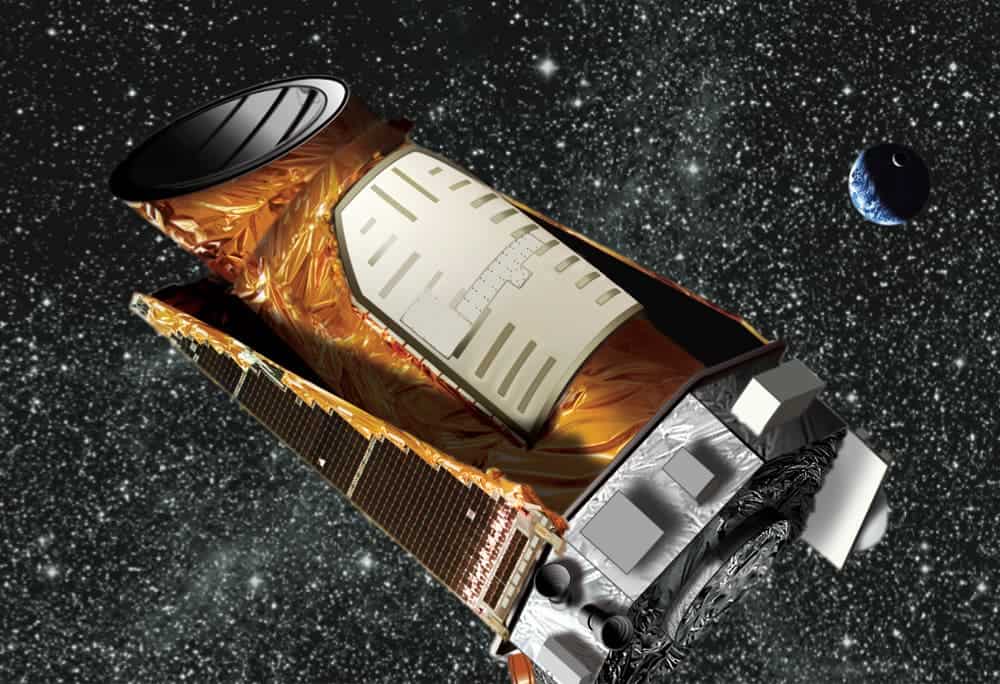
Most earth-sized planets are detected with the transit method – astronomers study the light given off by a star and record eventual dips in starlight when a planet transits in front of that star. To obtain actual transit data, the team looked through data collected over the past four years by NASA’s Kepler telescope. Kepler is a space observatory launched by NASA to discover Earth-like planets orbiting other stars. The telescope monitored the brightness of over 145,000 stars, only a fraction of which have been studied in detail. For this study, they focused on 28 stars orbited by 74 earth-like planets.
Their results came out pretty surprising: all the planets run (approximately) circular orbits around their stars.
“We found that most of them matched pretty closely, which means they’re pretty close to being circular,” Van Eylen says. “We are very certain that if very high eccentricities were common, we would’ve seen that, which we don’t.”
However, David Kipping, an astronomer at the Harvard-Smithsonian Center for Astrophysics, notes that while interesting, a 74 planets sample size is not large enough to draw some definite conclusions.
“I think that the evidence for smaller planets having more circular orbits is presently tentative,” says Kipping, who was not involved in the research. “It prompts us to investigate this question in more detail and see whether this is indeed a universal trend, or a feature of the small sample considered.”
The logical thing to do next is study more planets and see if these initial results stand up. Kepler has a huge database, and much of that data hasn’t been studied to begin with. Just decades ago we didn’t know any exoplanets, and now we’re studying the orbits of exoplanets and we want a greater sample size – it’s a great time to be alive.

